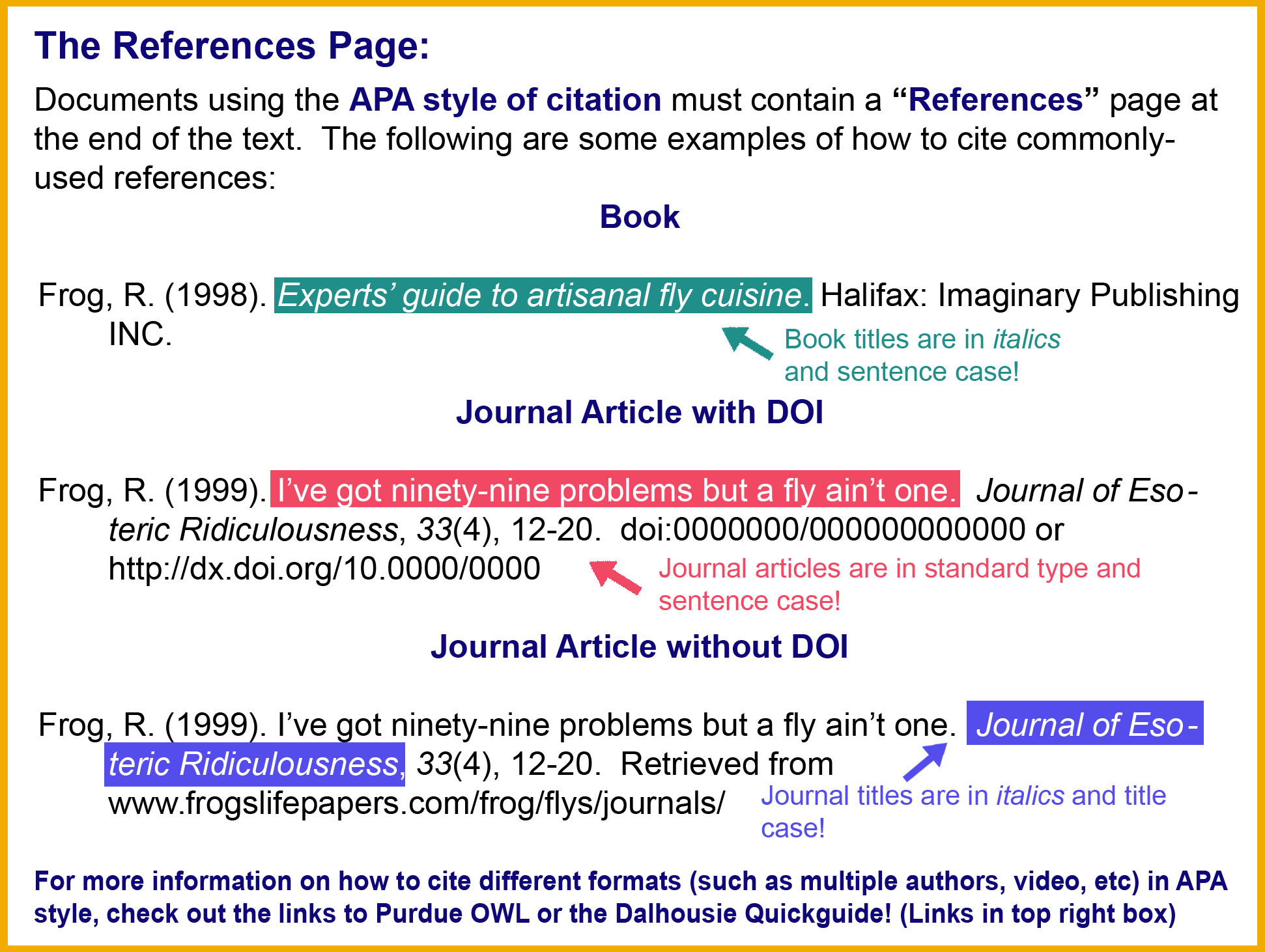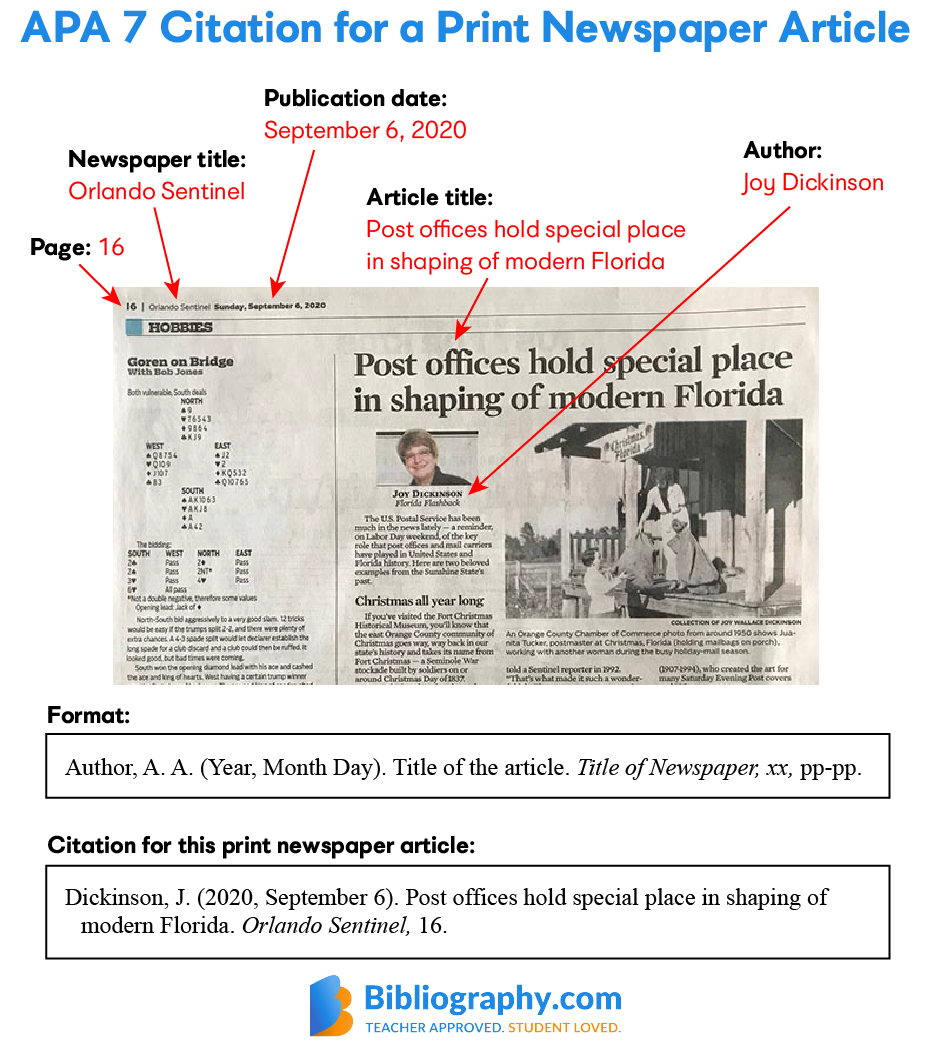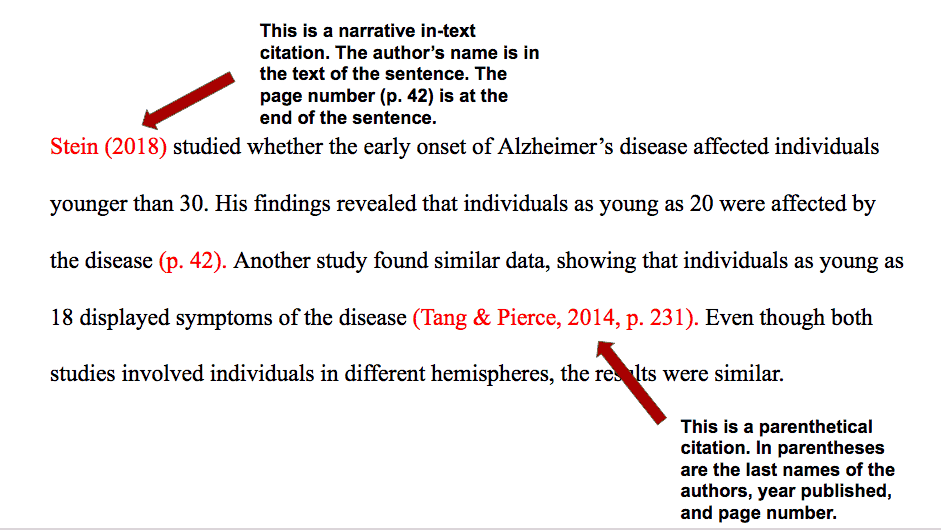Citing images in your academic work is crucial for maintaining credibility and giving proper credit to original creators. When it comes to using popular stock image resources like Getty Images, adhering to APA (American Psychological Association) style guidelines is essential. This ensures that your citations are accurate, helping you avoid plagiarism and enabling your readers to locate the original images easily. In this blog post, we’ll explore the specifics of citing Getty Images in APA style, along with understanding their usage rights.
Understanding Getty Images and Their Usage Rights

Getty Images is a renowned provider of high-quality stock photographs, illustrations, and videos widely used across various forms of media, including academic publications. However, using these images is not as simple as downloading and inserting them into your work. Understanding Getty Images and their usage rights is fundamental for anyone looking to incorporate them into academic projects. Here’s a clearer breakdown:
- Types of Licenses: Getty Images offers different types of licenses, which dictate how and where you can use their images. Common licenses include:
- Royalty-Free (RF): You can use the image multiple times without additional fees, subject to the license agreement.
- Rights Managed (RM): The use of the image is more restricted and usually requires negotiating specific terms and fees.
- Attribution Requirements: Depending on the license, you may be required to credit the original creator. This is crucial in academic settings.
- Fair Use Considerations: In some cases, you might use images for educational purposes under the fair use doctrine. However, this can be complicated and must be evaluated on a case-by-case basis.
- Commercial vs. Non-commercial Use: Determine whether your use of the image is for commercial purposes or strictly academic, as this affects the licensing terms.
Being aware of these elements not only helps in legal compliance but also reflects ethical scholarship in your academic work. When quoting or referencing Getty Images, always ensure that you have a clear understanding of your rights and obligations regarding the images you use.
Also Read This: How to Submit Photos to Getty Images
3. Basic Format for Citing an Image in APA Style

When you're diving into the wonderful world of academic work, understanding how to cite your sources is crucial. Citing images might seem a bit tricky at first, but once you get the hang of it, it’ll feel like second nature. The American Psychological Association (APA) has a specific format to follow, and it goes like this:
- Author’s Last Name, First Initial. (Year). Title of the image [Description]. Website Name. URL
Let’s break this down into smaller pieces:
- Author's Last Name, First Initial: This could be the artist, photographer, or creator of the work. If there's no known author, you can start with the title.
- Year: Indicate the year the image was created or published.
- Title of the Image: Use italics for the title of the image. If there's no official title, feel free to create a descriptive title.
- Description: This clarifies what the image is, especially if the title doesn’t directly convey its content.
- Website Name: Mention where you found the image. In this case, it would be Getty Images.
- URL: Finally, include the full URL where the image can be found online.
For example, a citation might look like this: Doe, J. (2020). Sunset over the mountains [Photograph]. Getty Images. https://www.gettyimages.com/123456789
Also Read This: Voucher Value: A Tutorial on How to Add a Voucher in Flipkart
4. Citing Getty Images: Step-by-Step Guide

Citing images from Getty is fairly straightforward once you understand the basic format! Here’s a handy step-by-step guide to help you navigate the process smoothly:
- Locate the Image: First, find the image you want to use on the Getty Images website.
- Gather Information: Note down essential details:
- Creator/Photographer's name
- Year of creation or publication
- Title of the image
- Type of work (e.g., photograph, illustration)
- Website name (Getty Images)
- Direct URL
- Format the Citation: Using the structure we discussed earlier, plug in the information you gathered. Make sure you're adhering to APA formatting standards.
- Check for Accuracy: Double-check your citation for any errors. Pay attention to punctuation, capitalization, and italics.
- Include in Your References: Once you have your citation down, don’t forget to add it to your reference list at the end of your document!
With these steps, citing Getty Images becomes a breeze. Remember, proper citations not only lend credibility to your work but also respect the original creators. Happy citing!
Also Read This: How to Submit My Photos to Getty Images for Aspiring Photographers
Examples of Citing Getty Images
Citing images can feel a bit tricky, especially when using specialized sources like Getty Images. Let’s break it down with some straightforward examples. The APA Style provides specific formats for various types of images, and Getty Images typically falls under the category of online images. Here’s how you can cite them:
- Basic Format:
Author Last Name, First Initial. (Year). Title of image [Format]. Website Name. URL
- Example 1:
Smith, J. (2022). Golden Gate Bridge at sunset [Photograph]. Getty Images. https://www.gettyimages.com/detail/photo/golden-gate-bridge-royalty-free-image/123456789
- Example 2:
Doe, A. (2021). Abstract art piece [Digital art]. Getty Images. https://www.gettyimages.com/detail/photo/abstract-art-royalty-free-image/987654321
- Example for Stock Photos:
Johnson, K. (2023). Beautiful beach landscape [Stock photo]. Getty Images. https://www.gettyimages.com/detail/photo/beautiful-beach-royalty-free-image/111222333
Remember, it’s crucial to ensure the URL is accurate and accessible. Double-checking for typos can save you from hiccups later on.
Also Read This: How to Remove Getty Images Watermark on iPhone
Common Mistakes to Avoid When Citing Images
Citing images properly is essential in academic work. However, many people make mistakes that could easily be avoided. Let's highlight some of these common pitfalls:
- Omitting Key Information:
Always include the author's name, year, title, format, and the source. Missing even one element can render your citation incomplete.
- Incorrect Format:
APA style has specific formatting rules. Using the wrong format, like forgetting italics or punctuation, can result in an incorrect citation.
- Not Using Direct URLs:
Ensure you provide the direct URL to the image. Generic URLs or links to a homepage may lead your readers to the wrong place.
- Confusing Commercial License Images:
When using Getty Images, be aware of license types. Make sure you are citing images legally purchased or correctly attributed.
- Neglecting to Double-check:
Make it a habit to revisit your citations. Small clerical errors can lead to major issues, so double-check for accuracy.
By steering clear of these mistakes, you’ll enrich your academic work and make it easier for others to appreciate and reference your sources correctly!
Conclusion and Best Practices for Image Citations
Citing images correctly is essential in academic work to give proper credit to the creators and uphold academic integrity. When using Getty Images or any other images, the following guidelines can help you ensure accurate citation in APA style:
- Author: Always look for the creator of the image. If it's a photograph, it usually belongs to a photographer. In the case of illustrations or digital artwork, find the artist's name.
- Date: Make sure to note the publication date of the image. If no date is provided, use "n.d." to signify "no date."
- Title: Include the title of the image in italics. If there's no title, provide a brief description in square brackets.
- Source: Specify that the image is from Getty Images and include the URL where the image can be accessed.
Here’s a basic format for citing a Getty Image in APA style:
| Element | Format |
|---|---|
| Author | Last name, First initial. (Year). |
| Title | Title of image [Description]. |
| Source | Getty Images. URL |
Example:
Smith, J. (2020). Sunset Over the Mountains [Photograph]. Getty Images. https://www.gettyimages.com/example
In conclusion, adhering to these best practices will ensure that you accurately cite Getty Images in APA style, enhancing the credibility of your academic work and respecting the rights of image creators.
 admin
admin








